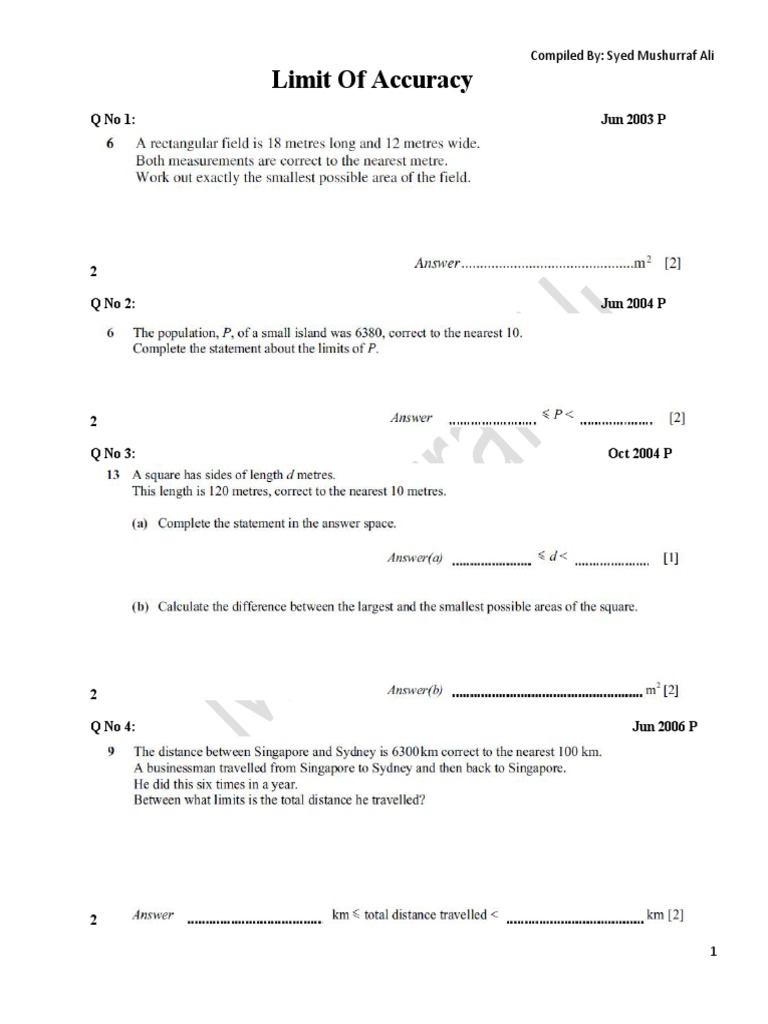The pursuit of precision in measurements has long captivated scientists, engineers, and researchers alike. Across disciplines, from quantum mechanics to classical physics, the quest for ultimate accuracy inevitably leads to the provocative question: Is there a limit to how accurate measurements can be? This inquiry transcends mere philosophical musings, intertwining with advancements in technology, the philosophy of science, and foundational principles of physics, each thread contributing to our understanding of precision.
Measurement, at its core, is the act of quantifying the properties of objects or phenomena. Whether determining the mass of an electron or the length of a star’s light-year, these quantifications form the bedrock of scientific inquiry. However, the intricacies underlying measurement introduce complexities that challenge the concept of absolute accuracy. Through this lens, one encounters the realm of uncertainty, which manifests in several profound ways.
To understand measurement limitations, one must first contemplate the nature of uncertainty. The Heisenberg Uncertainty Principle presents a fundamental challenge within quantum mechanics, positing that certain pairs of physical properties—most famously position and momentum—cannot both be precisely measured simultaneously. Thus, the more accurately one tries to measure one property, the less precisely the other can be known. This principle is not merely a limitation of measurement tools, but rather a reflection of intrinsic properties of quantum systems, suggesting that there are foundational barriers to measurement accuracy inherent in the nature of reality itself.
Moreover, the role of technological advancement cannot be overstated. Instruments and methodologies have evolved dramatically over the centuries. The transition from rudimentary rulers and balances to sophisticated laser interferometers illustrates this progression. These advanced instruments amplify our capacity to measure with astonishing precision. Yet, with each leap in technology, one must grapple with emerging sources of systematic errors. Instrumental noise, thermal fluctuations, and environmental variables introduce new layers of uncertainty that can obscure the quest for precision, reminding us that measurement is not merely about better tools but also about understanding the limitations these tools impose.
In parallel, the philosophical implications of measurement accuracy resonate profoundly. The concept of an accurate measurement depends heavily on the standards of the units employed. The International System of Units (SI) provides a framework; however, the definitions of these units have evolved. The kilogram, for instance, was redefined in 2019 based on Planck’s constant, emphasizing a shift towards defining units in terms of fundamental physical constants. This evolution raises a pivotal question: Do our measurement standards introduce limitations on how accurately we can define and measure quantities in nature? The choice of unit can influence the perception of accuracy and, conceivably, impose a subjective limit on our ability to grasp the nature of reality.
Further complicating the discourse is the concept of observers in measurement. Quantum theory posits that the act of observation itself can affect the measurement outcome. This leads to discussions around the role of consciousness and observation in defining reality—a perspective that challenges the objectivity traditionally associated with measurements. Such philosophical considerations not only complicate the narrative surrounding measurement accuracy but also suggest a potential limit imposed by the observer’s influence on the measured system.
Aside from quantum concerns, classical realms present nuanced challenges to accuracy as well. In fields such as cosmology and astrophysics, cosmic variances in gravitational forces and electromagnetic waves contribute to measurement challenges that can skew data interpretation. For instance, the extensive distance light must traverse from distant celestial bodies introduces time delays and distortion, further complicating the pursuit of precise measurements across the universe. As one probes deeper into the cosmos, factors such as redshift and cosmic inflation add layers of uncertainty that prompt scientists to reconsider the possibility of achieving ever-greater accuracy.
Moreover, one cannot overlook the cognitive biases that can influence interpretations of measurements. Human perception and cognition play a critical role in data collection and analysis. The risk of confirmation bias, where researchers may favor data that supports their hypotheses while disregarding anomalous results, highlights psychological limitations that can skew the quest for precision. This lens of human experience adds an additional layer to the discourse on measurement accuracy, suggesting that even the most sophisticated tools may be at the mercy of inherent cognitive constraints.
Nevertheless, the relentless pursuit of ever-greater accuracy remains a hallmark of scientific progress. As new methodologies, experimental designs, and technologies emerge, the boundaries of measurement accuracy continue to be tested. Innovations in fields such as metrology, the science of measurement, inspire optimism. Techniques such as atomic clocks and laser cooling suggest that the limits of measurement accuracy are not fixed; rather, they may expand as our understanding deepens and as technology evolves.
Ultimately, the question of whether there is a limit to measurement accuracy evokes a symphony of scientific, technological, and philosophical considerations. Bound by quantum uncertainties, systemic biases, and the evolving nature of measurement standards, one must confront the possibility that accuracy is a spectrum rather than a fixed point. As the scientific community strides forward, embracing complexity and embracing the myriad influences on measurement, it becomes clear that the pursuit of precision is not merely about capturing data but understanding the profound and intricate tapestry of reality itself.












